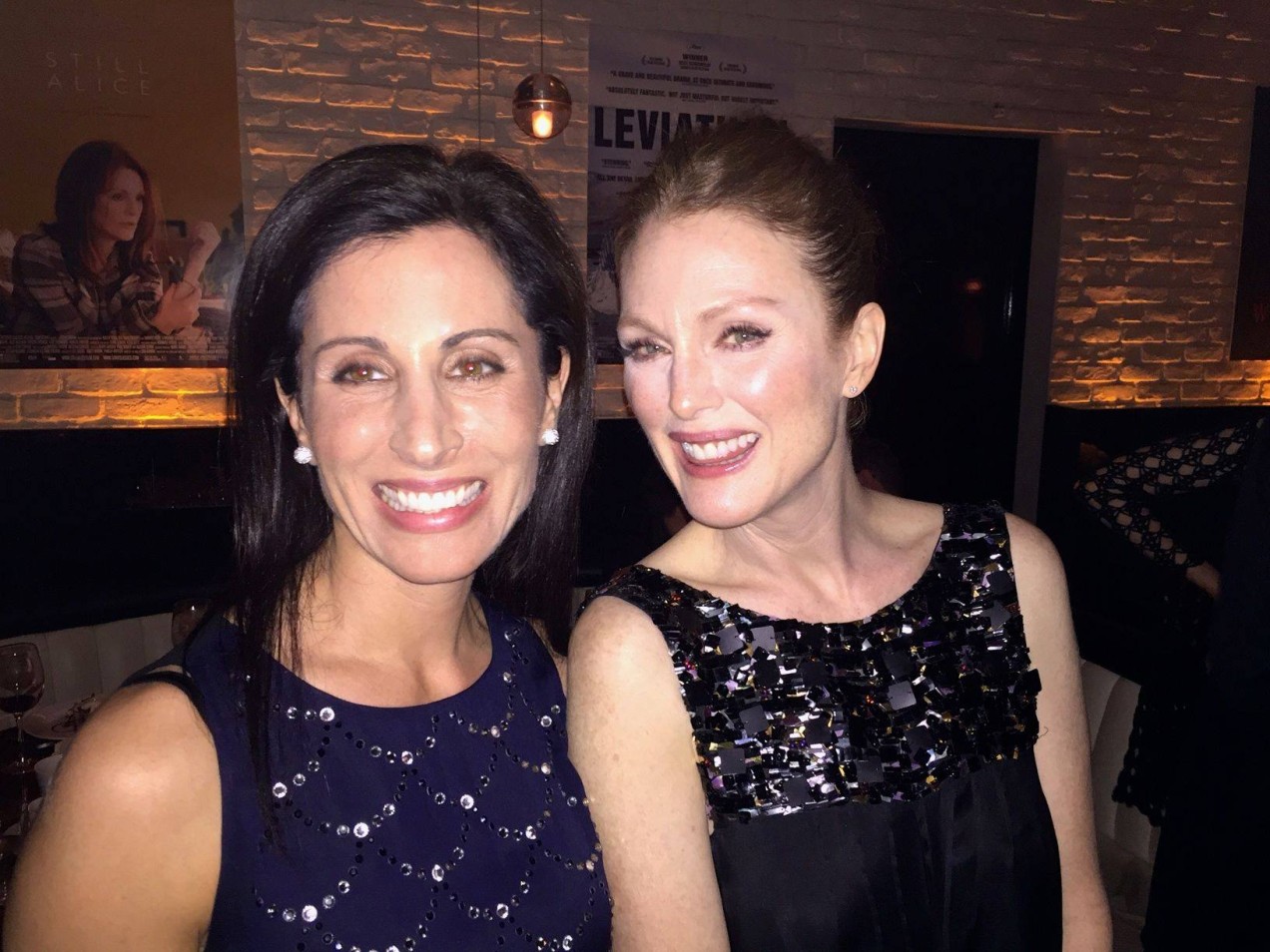You’ve finished your book – congratulations! You’ve likely focused most of your efforts on the book block itself paying careful a ttention to the plot of your novel, or focus of your non-fiction work. You’ve edited, re-edited or enlisted the help of a professional editor to ensure that the text flow. But before you hit submit, it’s important that you review some of the less prominent, but equally important parts of your work.
ttention to the plot of your novel, or focus of your non-fiction work. You’ve edited, re-edited or enlisted the help of a professional editor to ensure that the text flow. But before you hit submit, it’s important that you review some of the less prominent, but equally important parts of your work.
Below is a checklist developed by the Archway Publishing team of those other aspects of your work that you should review before submitting for publication. Some of these may not fit your book, but it’s still good to take a look.
FRONT MATTER- all material in a book that precedes the text proper, as the title page, copyright page, table of contents, dedication, and preface.
- Half Title Page- a page carrying nothing but the title of a book— as opposed to the title page, which also lists subtitle, author, publisher and similar data.
- Title Page– the page at the beginning of a volume that indicates the title, author’s or editor’s name, and the publication information, usually the publisher and the place and date of publication
- Copyright Page- the page in a book containing information about the current edition, usually on the back of the title page. It often contains a copyright notice, legal notices, publication information, printing history, cataloguing information from a national library, and an ISBN that uniquely identifies the work.
- Frontispiece- a page displaying an illustration at the front of the book.
- Endorsements Page- these may also go on the cover
- Dedication- an expression of friendly connection or thank by the author towards another person.
- Epigraph- a phrase, quotation, or poem that may serve as a preface, as a summary, as a counter-example, or to link the work to a wider literary canon.
- Table of Contents- a list of the parts of a book or document organized in the order in which the parts appear
- List of illustrations or maps.
- List of Tables.
- Foreword- a short piece of writing typically written by someone other than the primary author of the work, it often tells of some interaction between the writer of the foreword and the book’s primary author or the story the book tells.
- Preface- an introduction to a book or other literary work written by the work’s author.
- Acknowledgments- an expression of gratitude for assistance in creating a literary or artistic work.
Another valuable resource to review before submitting your manuscript for publication is the Archway Publishing FAQ page. It contains tips and definitions to commonly-used publishing terms.
Best of luck as you begin one of the most fulfilling adventures of your life –your publishing journey!
-AWP-




